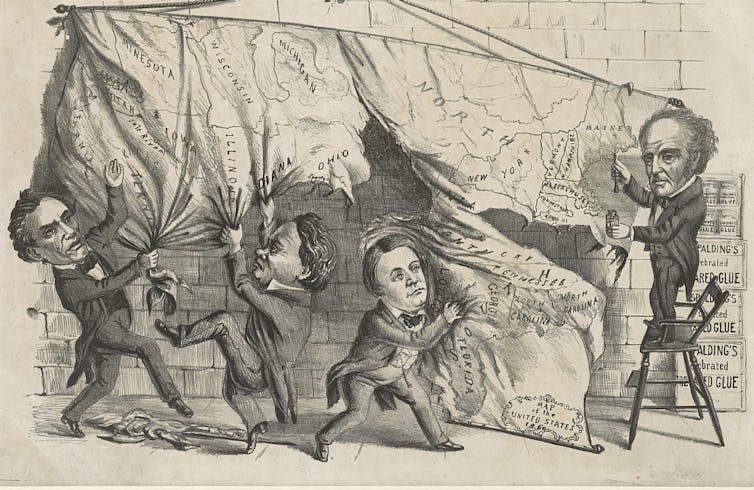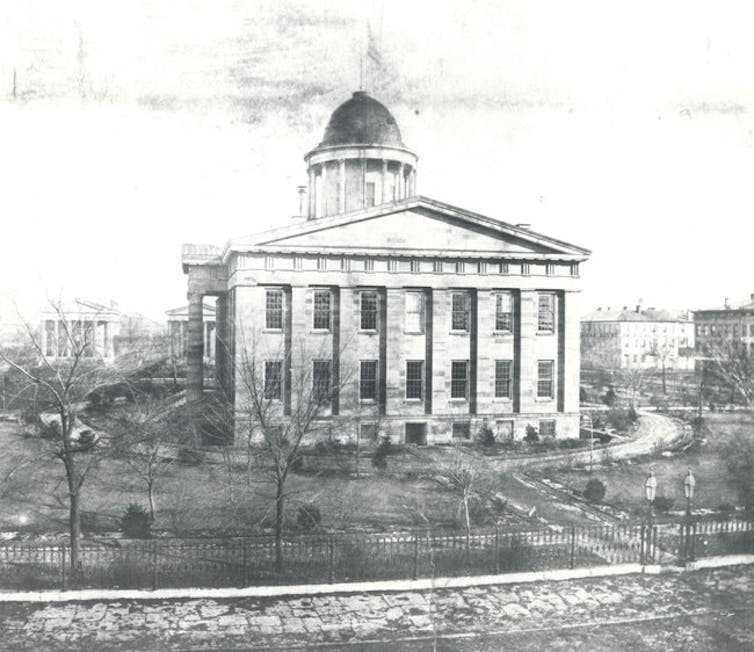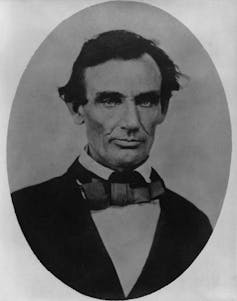---
1st. I found it interesting that you questioned my source on the number of blacks killed compared to whites, yet you only read about the shooting. Sounds like your source was bias. Most major newspaper headlines said black teenage girl gunned down by white cop. This is a bad narrative to push. The only way to get the truth is to watch it. So when you question my source, yet believe your source, it's kinda contradicting.
---
Tony,
Thanks for your call this morning on KMAN. My comments about the source of information you were referring to weren’t an attack. I hope it didn’t come across as dismissive. Instead, it really was a statement about the need for all of us to be aware of our sources of information. I thought you were still on the call and were going to be able to respond with respect to the specific source you were mentioning. In an academic environment, we always scrutinize sources of information that serve as the basis for claims and arguments, especially if they aren’t peer-reviewed and have a higher accountability than something on a blog or personal website that doesn’t base information on agreed-upon expectations. This is true even when you agree with it, which is important, so we don’t have confirmation bias since we easily gravitate to positions we agree with think rather than what we don’t.
As I said on the air, I don’t prefer to watch unnecessary violence, especially deaths that are often preventable. So, your comments could very well be true. But my point was that, even if there was such a situation, there are ways to disarm someone without killing them. This is where interventions into training and practices become important. This Nature article says much more about this.
In the article “Does Race Matter…?”, research based on information from more than two million 911 calls in two US cities enables the authors to conclude that white officers dispatched to Black neighborhoods fired their guns five times as often as Black officers dispatched for similar calls to the same neighborhoods. For suggestions about what might work given this research, you can read that Nature article already mentioned.
In Schwartz (2020), Black Americans are 3.23 times more likely than white Americans to be killed by police. The researchers examined 5,494 police-related deaths in the U.S. between 2013 and 2017. Rates of deadly police encounters were higher in the West and South than in the Midwest and Northeast, according to the study. Racial disparities in killings by police varied widely across the country. For example, some metropolitan areas demonstrated very high differences between treatment by race. Black Chicagoans, for example, were found to be over 650% more likely to be killed by police than white Chicagoans. You were right—and I agree with you—that more whites are killed. A quick search about demographics from the Census shows us that white people constitute the majority of the U.S. population, at 76.3%. Blacks are 13.4%. So, your comment about 50 white and 30 blacks needs to be put in context and that is why I asked if this was raw data or a percentage earlier this morning. This point gets explained well in this article point out, in lay terms, the range of disparities. For example:
“Among all [metropolitan statistical areas], the analysis found, black people were 3.23 times as likely to be killed by police than white people. Among MSAs, researchers said the figures "varied greatly."At the low end, black deaths in the Atlanta-Sandy Springs-Roswell, Ga., area were 1.81 times greater than white deaths. That figure rose to 6.51 in the MSA with the highest level of disparity -- Chicago-Naperville-Elgin, Ill.
These findings aren’t necessarily uniform as you can find here, but as this article highlights, the ways in which people conduct research makes a big difference. This is why it is essential to understand what data people are using and how. This is why I asked about the source of your information this morning.
Finally, I’m also including some information here that I hope you’ll take a look at since your comments today indicate you’re seeking better understanding about the issue at hand. There are some good general mapping databases below that will allow you to easily see information that you can manipulate to view raw data for different populations (i.e. black v. white victims). Here are two accessible datasets that you might find useful about the topic of police shootings, more generally.
Mapping Police Violence
Police Shooting Database
I hope you find all of this helpful as you seek to better understand the issue of police violence and the role of race.







